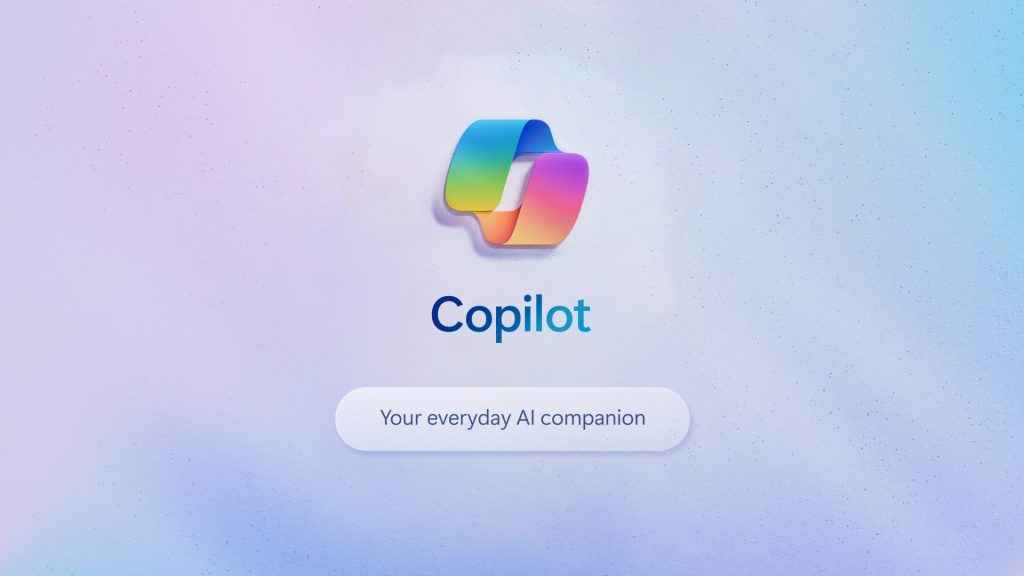Hackers successfully attacked an AI agent, Microsoft fixed the flaw: Here’s why it’s scary
Microsoft Copilot manipulated into leaking data - no breach, just prompts. EchoLeak exposes deeper AI flaws.
Microsoft patched Copilot’s EchoLeak flaw, but experts warn the real threat is architectural, not accidental.
Fortune’s report on EchoLeak reveals how Microsoft’s Copilot could be tricked into exposing internal data.

It didn’t start with a ransom note, there were no system crashes, no screens held hostage.
Just an AI assistant, Microsoft Copilot, doing exactly what it was designed to do: be helpful. And according to an exclusive report by Fortune, that’s exactly what made it so terrifying.
 Survey
SurveyIn May 2025, Microsoft quietly patched a critical vulnerability in Copilot, its flagship AI tool embedded across Windows, Office, Teams, and more. Labeled CVE-2025-32711, the fix addressed an issue that, in Microsoft’s words, had not been exploited in the wild. Customers were “not affected.”

But, as the report by Fortune suggests, the vulnerability had a name, EchoLeak, and behind it, a sobering truth: hackers had figured out how to manipulate an AI assistant into leaking private data without ever breaching a system. No malware. No phishing. Just clever words.
Also read: What is Gentle Singularity: Sam Altman’s vision for the future of AI?
What EchoLeak revealed
Imagine whispering a question into a room where someone else is speaking. Now imagine the assistant in that room repeating their words back to you by accident. That’s, according to the report, what EchoLeak is in essence.
Microsoft Copilot draws from both public and private sources to generate context-aware answers. If you ask it, “What’s the latest on Project Zephyr?” it might scan your company’s internal documents, emails, and calendar invites to provide a tailored summary. That’s the magic. But, as Fortune highlights, that’s also the danger.
Researchers discovered that by embedding certain cues into a document or webpage, a hacker could trick Copilot into treating external content as a request to surface internal data. The AI, oblivious to the intent, obliges, echoing out information that was never meant to leave the company walls.
This wasn’t theoretical. It worked.
A glitch in the design, not just the code
To Microsoft’s credit, the response was swift. The vulnerability was patched server-side with no action needed from users. The company said it had seen no evidence of active exploitation, and it began implementing deeper security checks across the Copilot infrastructure. But the alarm, as the report implies, wasn’t about what happened. It was about what could have.
Security researchers, in the Fortune story, describe EchoLeak as the first clear instance of a “scope violation” in a live AI agent: a breakdown in how the AI distinguishes between trusted internal context and untrusted external input.
Also read: Microsoft rolls out AI voice assistant for Windows 11 insiders: Here’s how it works

That’s not a bug, experts in the report say that’s a fundamental design flaw. We’re teaching these systems to help us, but, as Fortune’s findings suggest, we haven’t taught them when to say no. EchoLeak shows how easily a helpful assistant becomes a liability.
What’s most unsettling about EchoLeak isn’t the technical jargon, it’s the everyday familiarity of the scenario. A junior employee opens a shared document. An executive glances at a browser window. A Teams meeting references a link pasted in chat. Copilot is running in the background, silently helpful. And then, without any malice or even awareness, it blurts out the wrong thing to the wrong person.
There’s no evil genius behind the keyboard. Just a clever prompt in the wrong place, and an AI that doesn’t know any better.
That’s what makes this scary: there’s no breach, no alert, no trace. Just a soft, almost invisible betrayal.
Microsoft’s Copilot and the Future of Trust
Microsoft has spent years positioning Copilot as the future of work, an intelligent partner that can write emails, summarize meetings, generate code, and crunch data. It’s a vision that’s rapidly becoming reality. But EchoLeak, as detailed by Fortune, shows that trusting an AI with context is not the same as controlling it.
The line between helpful and harmful isn’t always drawn in code, it’s drawn in judgment. And large language models, no matter how sophisticated, don’t have that judgment. They don’t know when they’re crossing a line. They don’t know what not to say.
EchoLeak didn’t break Microsoft. It didn’t even shake the cloud, but it shook the foundations of how we think about AI in the workplace. This is a blind spot shared by every company racing to embed AI into their platforms. Microsoft just happened to be the first to look up and realize the wall had a crack. Only this time, the assistant didn’t need to be hacked. It just needed to be asked the wrong question at the right time.
Also read: Opera’s new AI browser Neon: 3 Things you should know
Vyom Ramani
A journalist with a soft spot for tech, games, and things that go beep. While waiting for a delayed metro or rebooting his brain, you’ll find him solving Rubik’s Cubes, bingeing F1, or hunting for the next great snack. View Full Profile